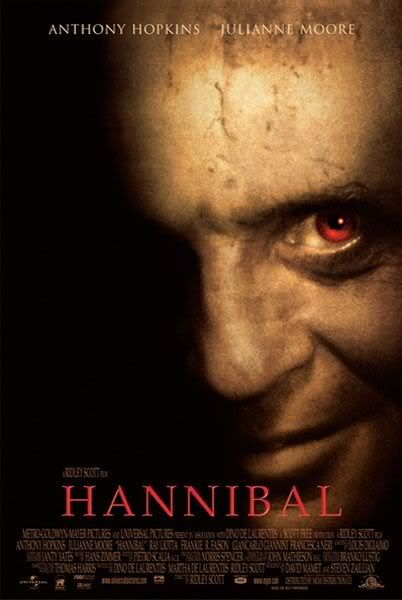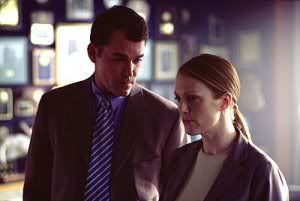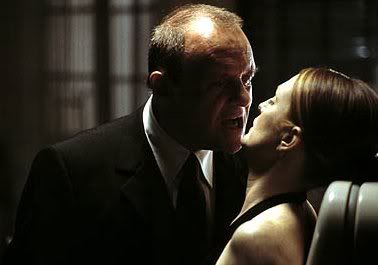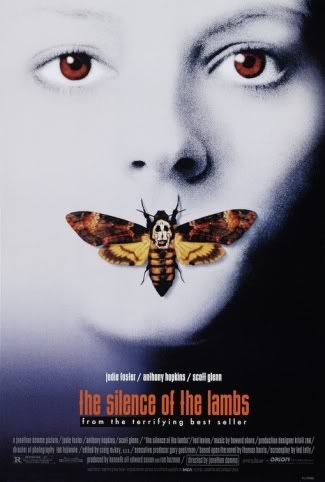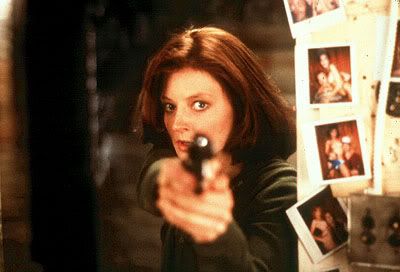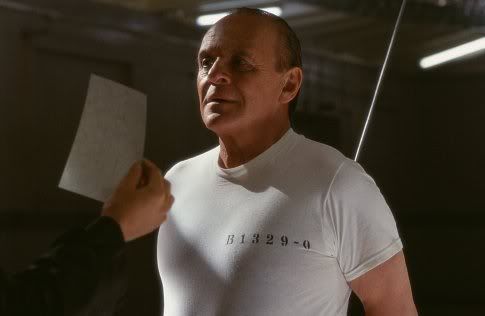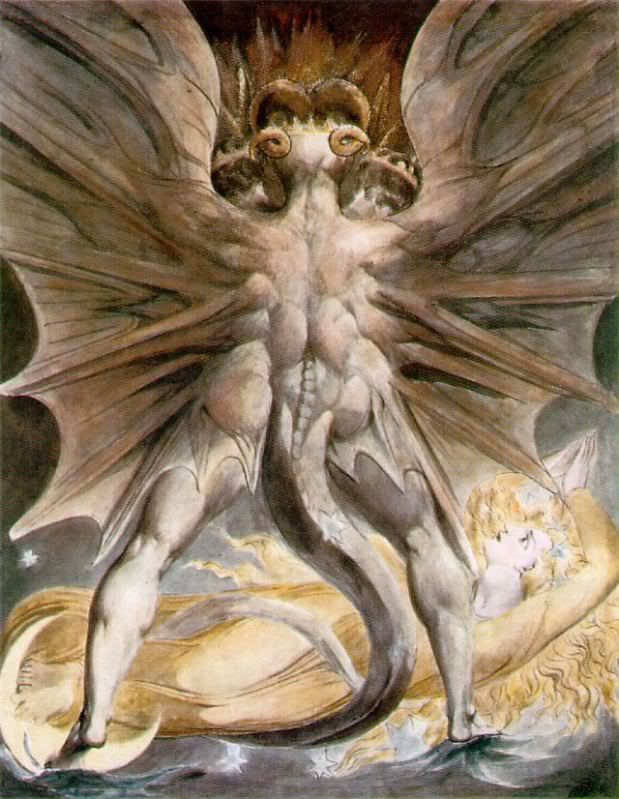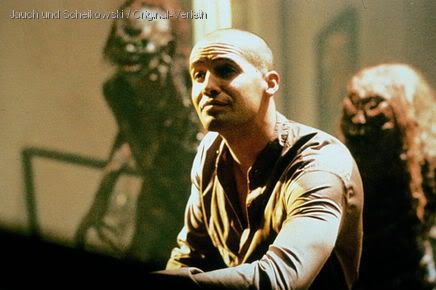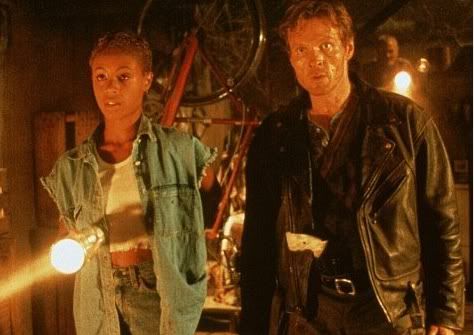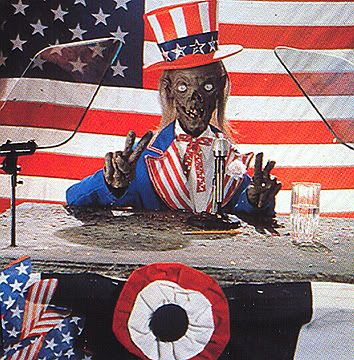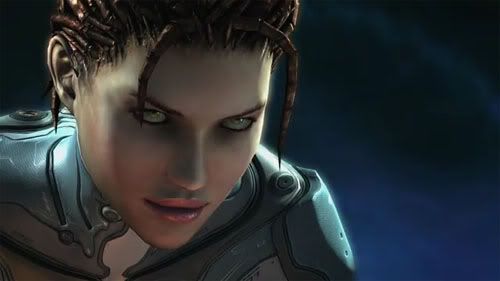 Yesterday
Yesterday I promised I would go over the pending changes in
StarCraft 2: Heart of the Swarm in detail, and I do try to be a man of my word. Without further ado, here's my take on the changes coming for the Terran, Zerg and Protoss races.
Terran
The core gameplay of the Terrans looks to be remaining unchanged. You can still create "bioballs" of Marines, Marauders and Medivacs and try to roll your way to victory. The standard mirror match composition of Marines, Siege Tanks and Vikings also looks to be viable in the expansion. But with the unit changes coming, I for one would like to see some variations in Terran strategy. I'll admit, as someone who once looked up to Optimus Prime, there's a part of me that's all for declaring "
Hellions, transform and roll out!" every now and again. And combining the two transforming units, Hellions and Vikings, into a single force for highly mobile scouting, harassment and map control appeals to me. I can't shake the feeling that part of the reason the Hellion attack changes from a line to a cone in walker mode is because people kept whining about how much they miss the Firebat, but given how slow Hellions in battle mode are compared to how Firebats worked, I see them filling different roles. The Firebat and the Goliath both made cameo appearances in the
Wings of Liberty campaign, and fans of the original game have been clamoring for them to come back. Instead of the Goliath, however, Blizzard introduced the
Warhound, a medium-cost walking mech unit with decent anti-mech ground attacks and rapid anti-air. The
Thor has been bumped up to the "hero" tier once occupied by the Protoss Mothership - more on that in a moment. The nice thing about the Warhound from where I sit is that it fills a necessary niche in mech-heavy armies but isn't the sort of thing you can just spam for the win. It must be part of a balanced force with a specific focus, and I really dig that. It's the reason I liked the Aspect Warriors of the Eldar in Warhammer 40k, but let's stick with one nerdy strategy game at a time. The thing that really bothers me is how it looks. It feels too... delicate for Terran. Terran units tend to have a bulky, armored look to them, balanced by the sweeping curves of the Protoss and the spiky bits of the Zerg. The Warhound seems a bit spindly.
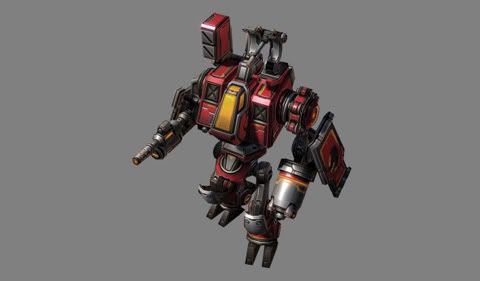
Finally we were introduced to the
Shredder at BlizzCon. Yet another Factory-produced unit, this tiny robot gives Terrans some new options for controlling their opponents. I'm assuming it's going to be less costly than the Siege Tank, as that tends to be the go-to example for Terran static board control. It sets up a radiation field that does damage over time to any unit standing in or passing through it, as long as the unit is not friendly. This mechanic, again, points to developers wanting Terrans to put a little more thought into map placement and unit control, instead of just holding down a button or two to coast to victory. Other Terran changes include a speed boost on cooldown for Battlecruisers, Reapers regenerating outside of combat but losing their demo charges, Ghost cloaking getting tweaked and of course Thor changing to a one-at-a-time "hero" unit. Overall, I think the changes are going to shake things up a bit for Terrans, and this is a good thing, as no race in StarCraft should be pigeonholed into a single strategic line of thinking.
Zerg
So the Zerg are at the core of the upcoming expansion, with the storyline of Kerrigan continuing and all sort of variations on Zerg broods being introduced. But the focus of much of the buzz was on the multiplayer units. Zerg is a macro-intensive, reactionary race, and there was speculation as to what changes Blizzard would make to help the gameplay remain vital in the expansion. Enter the
Viper. Currently, Zerg players need to evolve an Overlord into an Overseer to have mobile detection capabilities. The Viper will be able to inject other Zerg units with a parasite that turns them into detectors, eliminating this somewhat superfluous evolution. The Viper also coughs up a noxious cloud that obscures vision of ranged units, reducing their effectiveness. Finally, you'll soon hear Zerg players bellowing "GET OVER HERE!" as the Viper has an ability in the style of Scorpion from
Mortal Kombat, pulling high-priority units usually relegated to the backs of groups to the forefront for easy elimination. Put these elements together and you have a diverse, airborne caster unit that speaks to the versatility, adaptability and overall scariness of the Zerg. I think it's going to add a lot to Zerg play. The only other brand-new unit the Zerg seem to be getting for ladder matches is the
Swarm Host, described as an artillery unit. When burrowed, this prolific little Zerg produces tiny creatures called Locusts, that rush to their rally point to devour whatever's in front of them. An individual Locust has, at this point, about 90 HP and a basic melee attack, but if there's a line of Hosts outside the enemy base, each producing two Locusts every 15 seconds, and suddenly your opponent is being starved out of their base and you have another entire host waiting for them to storm out. It allows a Zerg player to exert more control on the enemy and gives them some breathing room to expand, tech, or build forces.
Ultralisks have often been ignored by Zerg players, but with the burrowing charge ability they're getting, I expect we're going to see a lot more. When a Zerg player evolves to Hive technology, Hydralisks will be able to move much faster and Banelings, the adorable kamikaze bombers of the swarm, will gain the ability to move while burrowed. Did I mention burrowed units are essentially cloaked? It's a frightening prospect, which might be why I like it so much.
Protoss
I can't speak to the Protoss situation any more than I can the Zerg, as I'm still struggling to get out of Bronze League focusing on Terran, and the new season is likely to be no different. However, I have noticed that a lot of Protoss players seem to either go for all-or-nothing early attacks or build up a huge ball of death for the assault. Very little raiding goes on. The
Oracle will seek to change that. This flying unit, designated as support, does some very interesting things in the early game. Its two main abilities lock down structures' production and prevent minerals from being harvested. Without attacking workers, they deliver a one-two punch that can cripple the enemy economy, allowing the Protoss to dash ahead to bigger and better units. The
Replicant is a robotic unit that uses nanotechnology to clone an existing enemy unit. Rather than adding another body to the core army of the Protoss, the Replicant is meant to allow Protoss players more flexibility in responding to enemy pressure and tactics. Photon cannons take a while to set up, while a Replicant can pop a Siege Tank or Shredder into existence for some impromptu map control. Likewise, a Replicant can become an Infestor or Banshee for quick harassment while the death-ball gains mass. I can see where Blizzard is going with this, but I have to admit, my initial reaction was that they were taking the piss. The Protoss will boast a new capital ship in
Heart of the Swarm called the
Tempest. Its primary attack is an area of effect anti-air pulse designed to clear the skies of light air units such as the Viking and Mutalisks, long the bane of many a Protoss fleet. It also has an air-to-ground attack to supplement the other units in said fleet, and from what I understand, it dominates the skies with its crescent shape. It appears to be more efficient at what it does than the Phoenix, but in light of an unseen cost I can understand Protoss players railing against it. That unseen cost is the loss of the Carrier. A quintessential Protoss unit, the Carrier is being nixed because of its size, build time and the fact that few pros are using it. Same for the Mothership. Instead of this massive, expensive unit that is almost always the primary target of the opponent's entire army, the Protoss will get a recall ability on their Nexus that works similarly to the Mass Recall ability of the Mothership, but has more flexibility. The Nexus will also acquire a defensive ability that should deter mineral line harassment.
Conclusion
Overall, I think Blizzard is doing the right thing in tweaking certain aspects of the playstyles they're seeing in
Wings of Liberty. I can't speak to the viability of the new units or how the changes will affect the games to come, as I neither got a hands-on experience with them nor do I play all three races. However, hopefully there will be a public beta period where I can give these new units and tactics a try, and will expand on my thoughts then.
Blue Ink Alchemy


